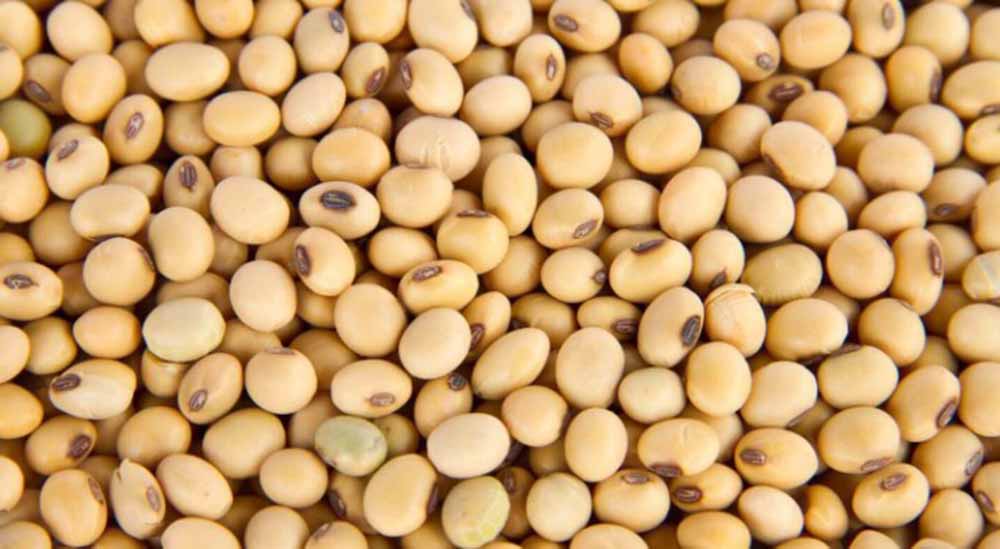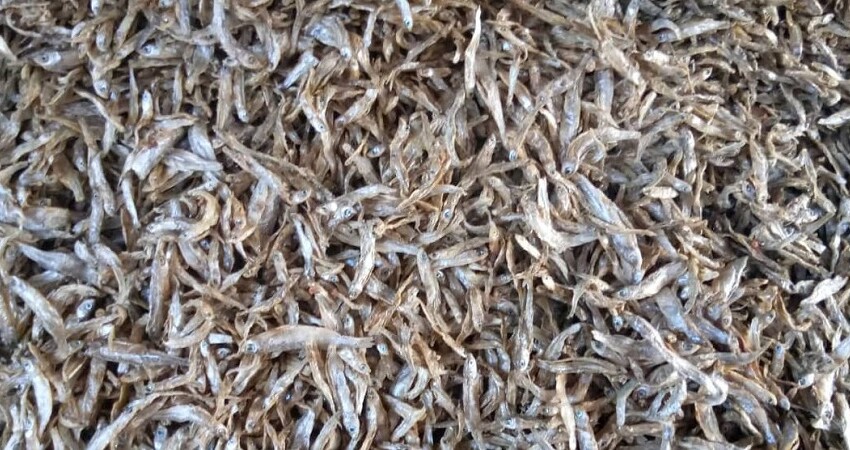Protein is an essential nutrient for the productivity of farm animals. Soy and fishmeal are two of the main ingredients used to meet animal protein requirements in feed rations because they provide substantial levels of protein and essential amino acids.
Dr Michael Buwembo, an expert and a veterinary doctor with Koudijs, explains that proteins are made of carbon, hydrogen, oxygen, nitrogen and one or more chains of amino acids. The three structures of proteins are fibrous, globular, and membrane, which can also be broken down by each protein’s function.
These are some of the sources where you can get proteins for your animal feeds.
Soybean remains the most important and preferred source of high-quality vegetable protein for animal feed manufacture. Soybean meal, which is the by-product of oil extraction, has a high crude protein content of 44-50% and a balanced amino acid composition, complementary to maize meal for feed formulation.
Within the vast tropical biodiversity, numerous plant resources can partially replace soya beans in poultry diets which include fishmeal, cassava foliage, duckweed, dried sweet potato foliage, seedmeal, maggots, snails, silkworm and grasshoppers.
In addition, more meaningful and greater cooperation is advocated between policymakers, the feed industry, farmers, and researchers to better deliver the future protein supply potential for animal feeds.


Soyabean and silverfish are the major sources of protein in animal feeds
How do you calculate the percentage in the animal feeds?
The crude protein percentage is calculated by multiplying the nitrogen percent of feed by 6.25. This is because on average protein contains around 16% nitrogen (1/0.16 = 6.25).
If you don’t supply enough proteins, what could happen to your animals?
When dietary protein is in short supply, the body tends to take protein from skeletal muscles to preserve more important tissues and body functions. As a result, lack of protein leads to muscle wasting over time.
More about this subject in the video below;





